Alberta Task Force Report Demands Stop Covid Vaccines Now! Whilst Also Keeping The Fear Pandemic Propaganda Going...
"ALBERTA’S COVID-19 PANDEMIC RESPONSE," a final report from January 24, 2025.
IoJ gives a round of applause for Alberta Canada dropping their new Final Report, "ALBERTA’S COVID-19 PANDEMIC RESPONSE," a final report from January 24, 2025. Stand up, rise up, rise up our collective vibration! Go Canada!
Now the rest of Canada and the world should quickly get behind this…
It Is Time To Stop Covid Vaccines Now!
All in all, we think the report is very timely and important. Unfortunately, like most things “Public Health”, the Alberta Report hits on some covid vaccine truths, but only whilst preserving the core and key lies!
PS: There never was, is or will be “a PANDEMIC”, and certainly not one that is caused by a “vaccine preventable disease”. It’s ALL a lie folks, all of it!
Dr. Yeadon, our bad ass Chief Scientist (to whom we owe much gratitude for sticking it out) is well aware of who else is well aware… Hence todays post from Dr. Yeadon to “Bobby” Kennedy, RFK Jr, our upcoming US HHS Secretary:
The Alberta Report, Jan 24, 2025
Back to the Alberta Doc, which truly is a work of part truth and science fiction fear porn, has outlined key issues, and we are grateful it went so far to mention the unscientific PCR test as well as questioned the safety of the unproven interventions!
Download the report here:
Chapter 1: Governance and Flow of Information:
This chapter details the decision-making structures during Alberta's COVID-19 response, highlighting the reliance on international data (this data of concern is from WHO & WEF mind you) and the abandonment of pre-existing pandemic plans.
Key concerns include:
The report criticizes the failure to utilize Alberta's existing pandemic influenza plan, despite previous planning efforts. This suggests a lack of preparedness and a reliance on reactive, rather than proactive, measures. The testimony of Lt. Col. Redman further underscores this failure.
The Scientific Advisory Group (SAG) prioritized certain sources and showed inconsistencies in evidence use, potentially compromising evidence-based decision-making. The rapid turnaround times for SAG recommendations further limited the opportunity for thorough critical appraisal.
The involvement of Cabinet committees in final decisions, rather than the CMOH, raises concerns about transparency and accountability. The Task Force's limited access to information further highlights these issues. The Ingram v Alberta case explicitly confirms the Cabinet's overreach of authority.
The HEOC's heavy reliance on international data, particularly from Italy and New York, without sufficient consideration of the Alberta-specific context, is a significant concern. This raises questions about the appropriateness of applying international models to a unique provincial situation.
Chapter 2: Regulatory Bodies Lazy on the Job
This chapter examines the actions of Alberta's health regulatory bodies (Colleges) during the pandemic.
The CMOH's "substantially equivalent" directive stifled professional autonomy and potentially led to regulatory capture. The lack of transparency regarding the funding and operations of external organizations like the AFRHP and FMRAC raises serious concerns.
The Colleges issued communications lacking rigorous evidence and due diligence, creating a false sense of consensus and potentially harming patient care. The low percentage of communications citing primary sources is particularly concerning.
The Colleges threatened and initiated disciplinary actions against healthcare professionals for expressing dissenting views or providing treatments outside the prevailing narrative, stifling scientific debate and potentially harming patients.
The Task Force's difficulty in accessing information from the Colleges highlights a significant lack of transparency and accountability within the regulatory system.
This chapter analyzes the epidemiological models used to inform decision-making.
Ummm…. can anyone say PCR Fraud?
The main findings as reported are:
Early PCR models overestimated infections, hospitalizations, and deaths, potentially leading to misallocation of resources. The limitations of these models were not adequately communicated.
While early models were inaccurate, there's evidence suggesting improvements in later stages of the pandemic. However, the report lacks sufficient detail to fully assess the extent of this improvement.
The report identifies significant data gaps, particularly regarding the predictive ability of models for acute care bed use. This highlights the need for more accurate forecasting and planning.
Chapter 4: Non-Pharmaceutical Interventions (NPIs)
This chapter assesses the effectiveness and costs of NPIs such as lockdowns and restrictions.
The report concludes that NPIs had a minimal effect on reducing infection growth rates, despite significant social and economic costs. The analysis using the Oxford Stringency Index supports this conclusion.
The implementation of NPIs incurred substantial social and economic costs, including learning loss, mental health issues, and economic disruption. The report highlights the lack of consideration for these costs in decision-making.
The report suggests that NPIs were implemented prematurely, based on limited evidence and without sufficient consideration of potential harms.
Chapter 5: Masking
The report highlights the weak evidence base supporting the effectiveness of community masking in preventing respiratory illnesses, including COVID-19.
The report identifies potential harms associated with masking, such as self-contamination, discomfort, and a false sense of security.
Despite the mandates, the number of COVID-19 infections did not decrease, suggesting the ineffectiveness of this measure.
Chapter 6: Testing
Concerns are raised about the accuracy of PCR tests, including the potential for false positives and false negatives.
The report questions the proportionality of widespread asymptomatic testing, suggesting a focus on high-risk individuals instead.
The performance of rapid antigen tests (RATs) varied, raising concerns about their accuracy as a screening tool. The report recommends against using RATs to guide containment measures.
Chapter 7: Infection Acquired Immunity
This chapter compares infection-acquired immunity to vaccine-acquired immunity.
The report emphasizes the durability and effectiveness of infection-acquired immunity.
Public health messaging downplayed the role of infection-acquired immunity, leading to misguided policies.
The report presents evidence suggesting that vaccine-acquired immunity is not superior to infection-acquired immunity.
Chapter 8: Vaccines
The report emphasizes the very low risk of severe COVID-19 in children and teenagers.
The report identifies reports of deaths and injuries attributed to the vaccines, as well as a known risk of myocarditis.
The rapid deployment of the vaccines resulted in limited long-term safety data.
Chapter 9: Therapeutics
This chapter examines the alleged treatment approaches for the alleged virus COVID-19.
Health authorities took a restrictive approach toward potentially beneficial treatments, hindering access to care and violating patient autonomy.
The report highlights promising results for some treatments, such as ivermectin, hydroxychloroquine, fluvoxamine, and colchicine, despite the restrictive approach taken by authorities.
The report notes the lack of research into alternative treatment options, such as zinc supplementation and vitamin D3.
According to the new report, Alberta's COVID-19 response was characterized by a lack of preparedness, biased decision-making, flawed communication, and a restrictive approach to treatment options.
The report wisely recommends more transparent, evidence-based, and patient-centered approach to future pandemic responses. Transparency = accountability!
IOJ and the fearless expert witnesses who testified November 11, 2024, Dr. Yeadon, Ssasha Latypova, Dr. Janci Lindsay and Dr. Leisha Martin are awaiting a decision against the shots which should come in a couple months.
We are also awaiting a court ordered answer from the VP & Health Minister of Costa Rica to prove the safety standards were met, due in 2 days, Tuesday Jan 28, 2025.
Wish us luck, and please donate for the UPCOMING CRITICALLY IMPORTANT 3 MAIN CASES: to Sue the WHO & stop the shots in CR and globally! We aim to raise the final round in the next couple months and from there it will take 1-2 months to file at CR’s Administrative court, International Human Rights Court and ICC!
We need all the support you are able to give to pull this monumental task off!
We can beat them all the way up to the WHO. We are LIGHT, they are WRONG!
- HUGS & LOVE - IoJ, non profit labor of love - never gonna quit til we win!!! Dammit.




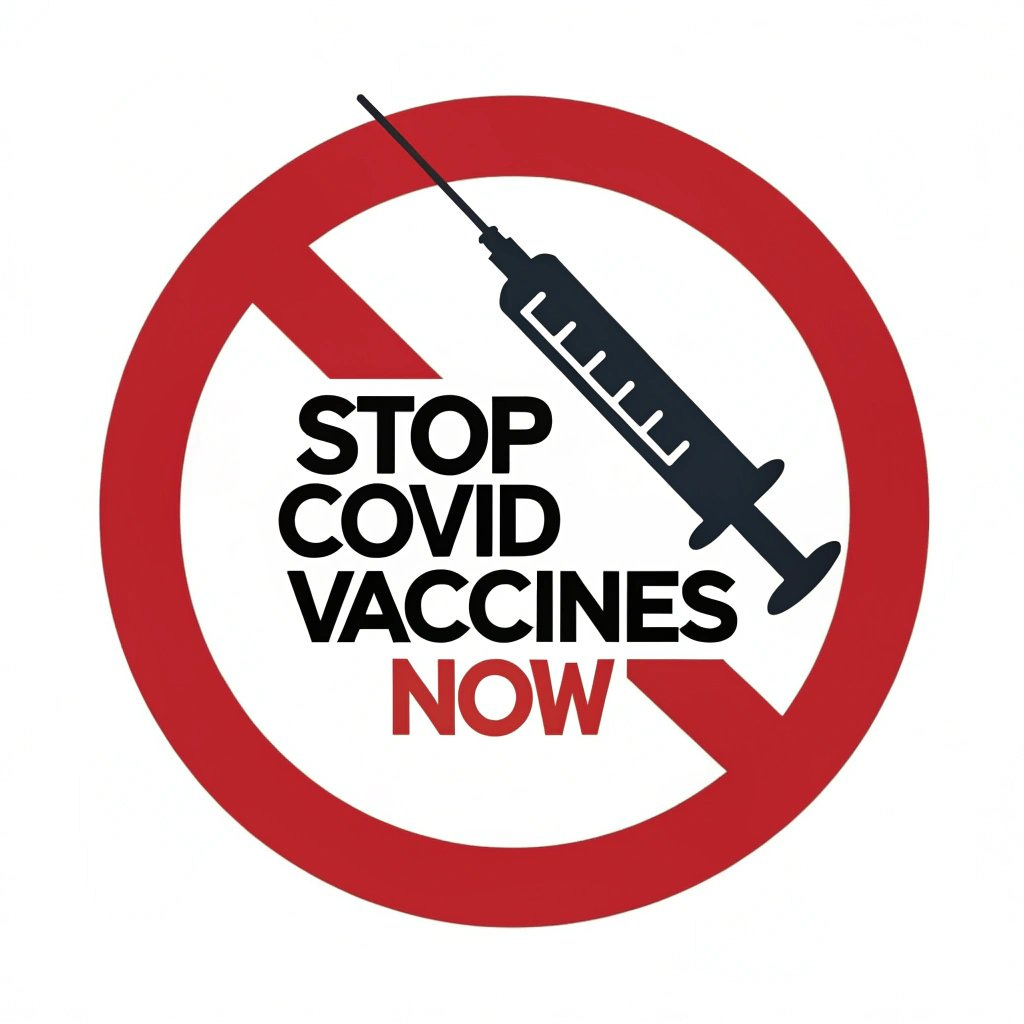
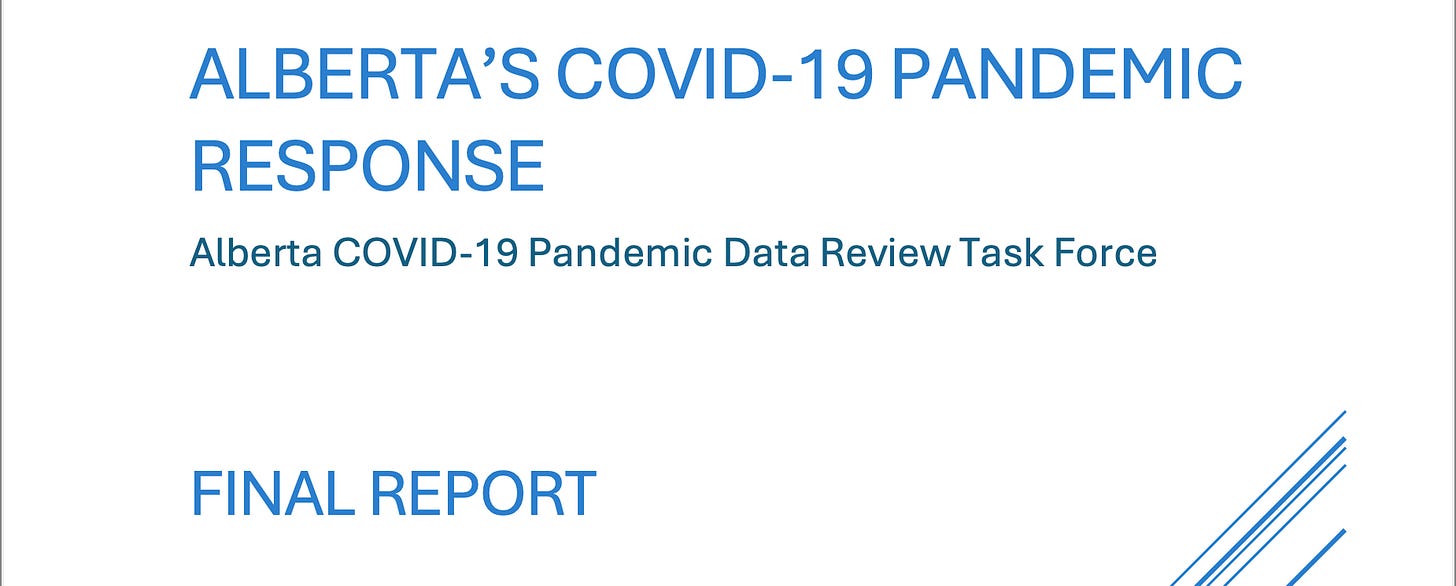
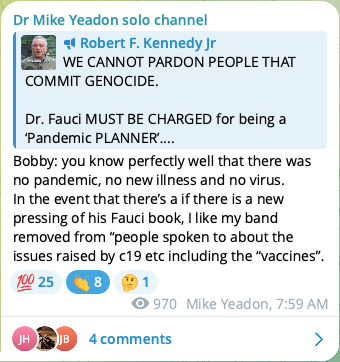
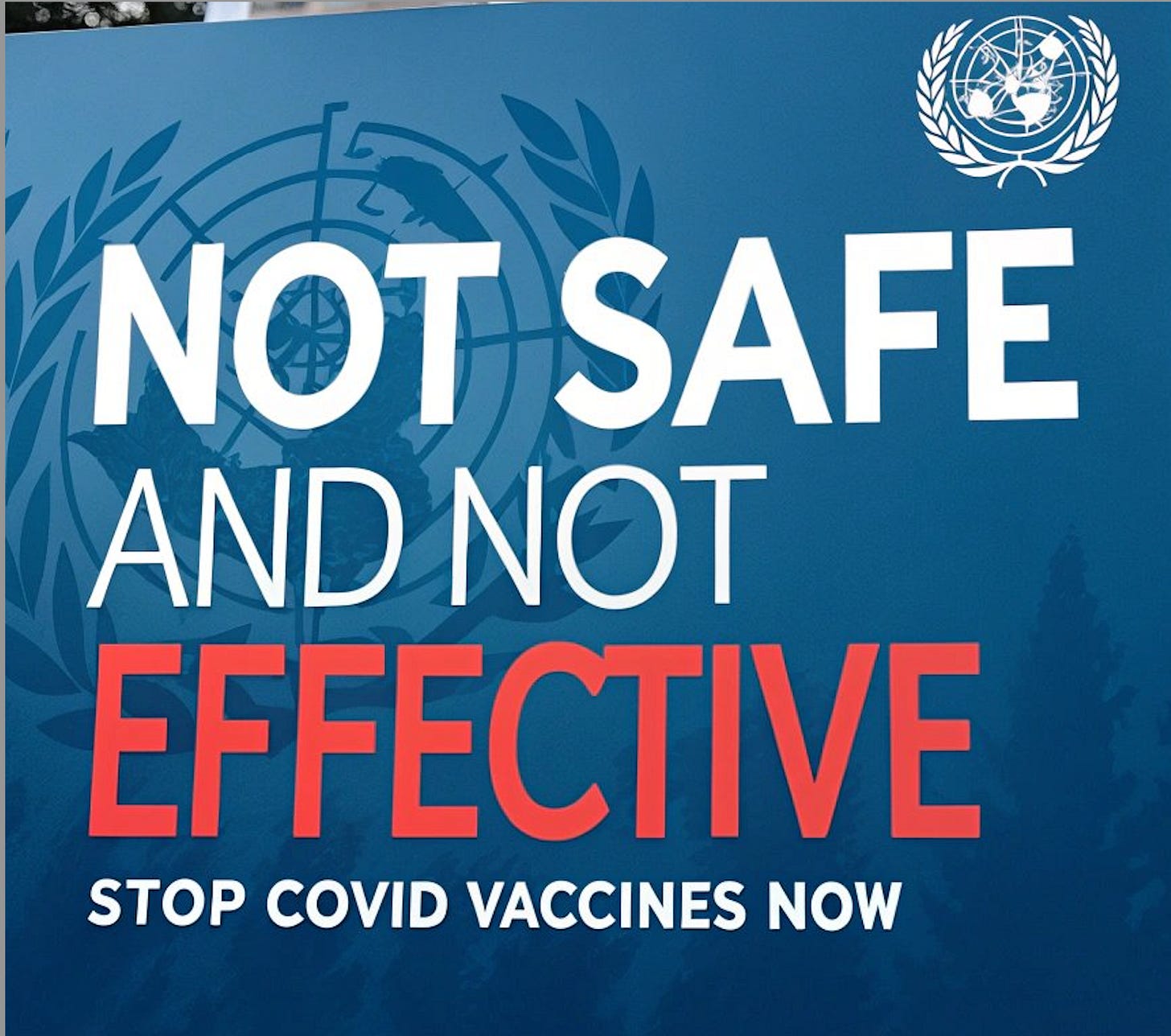
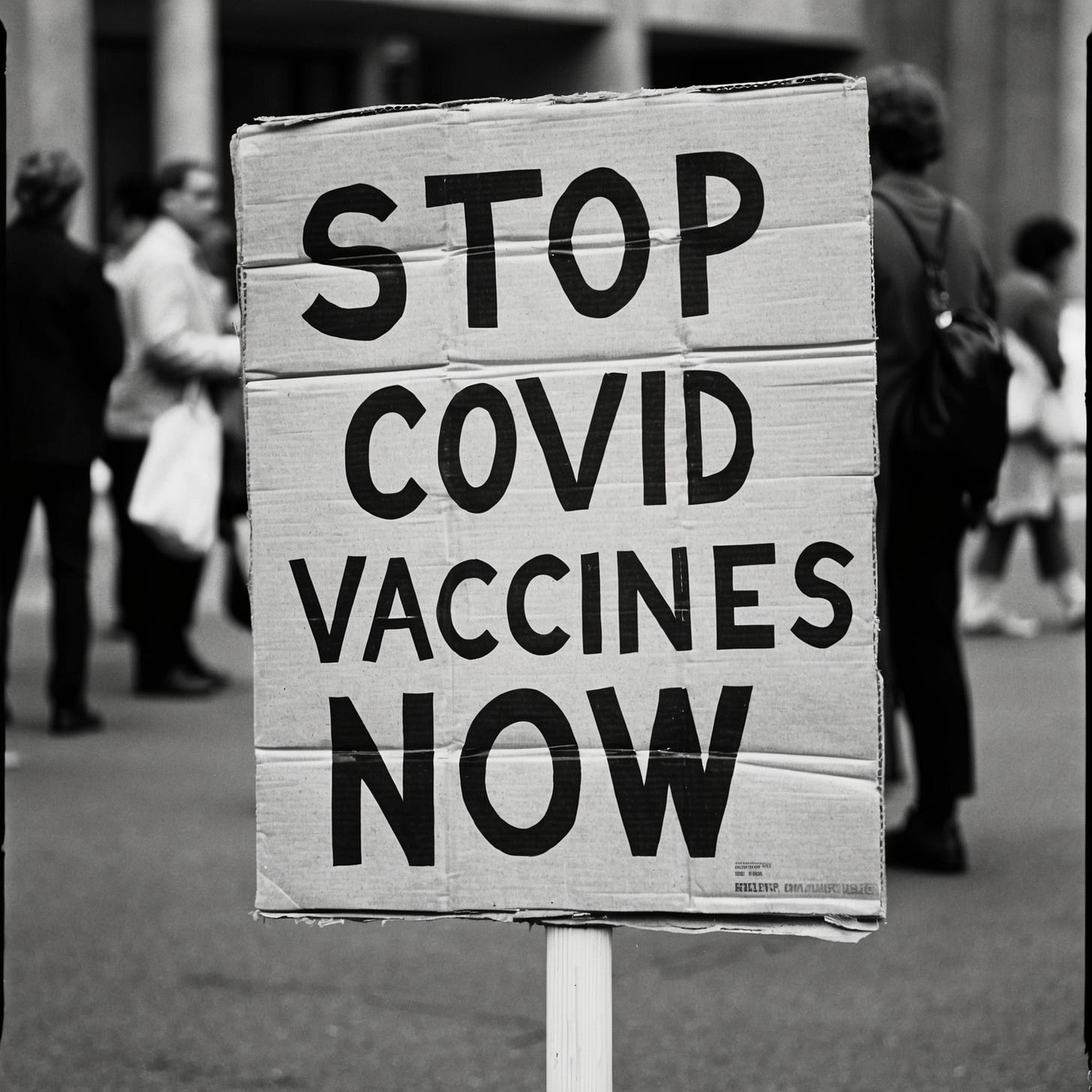
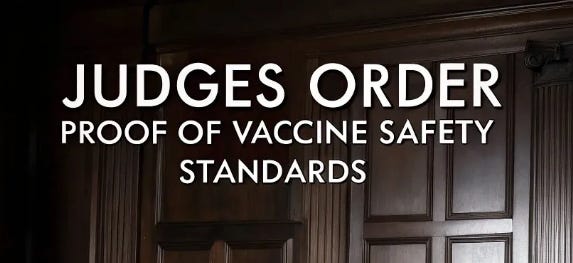
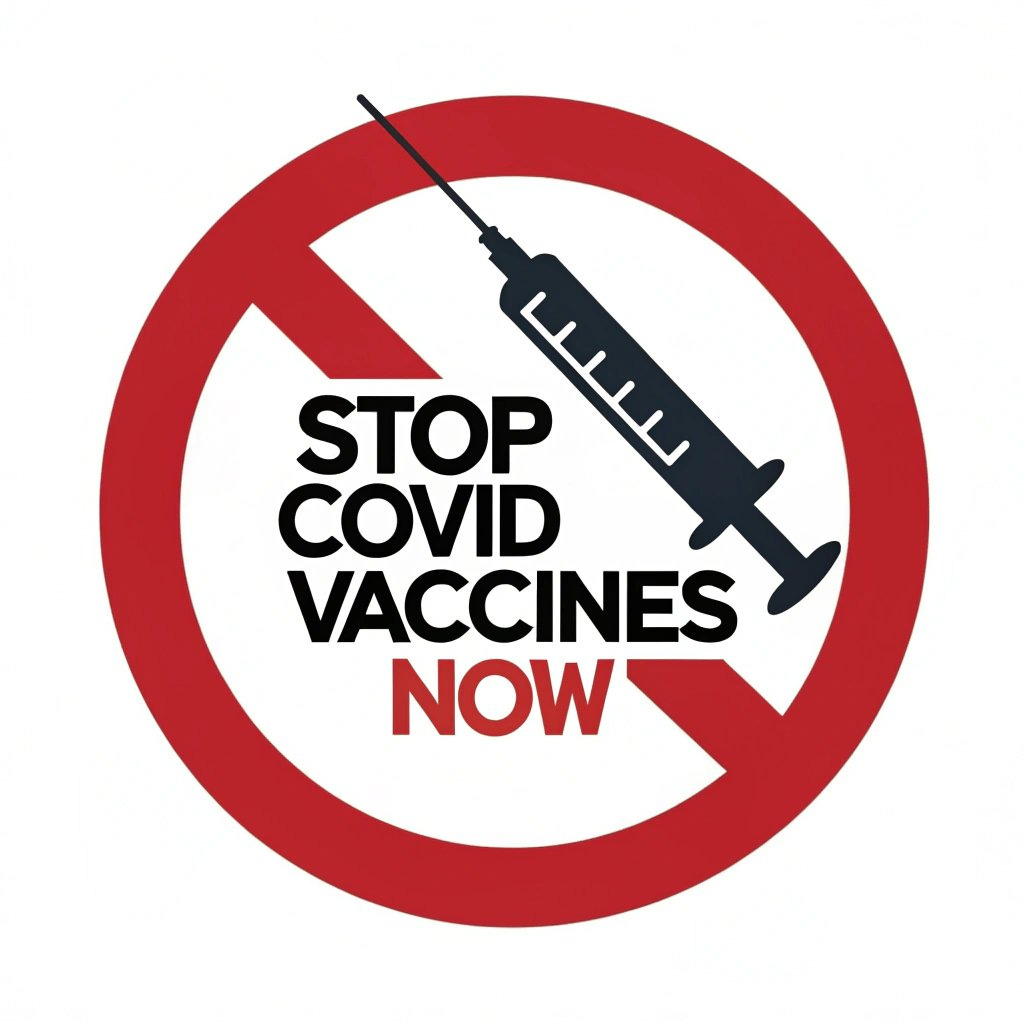
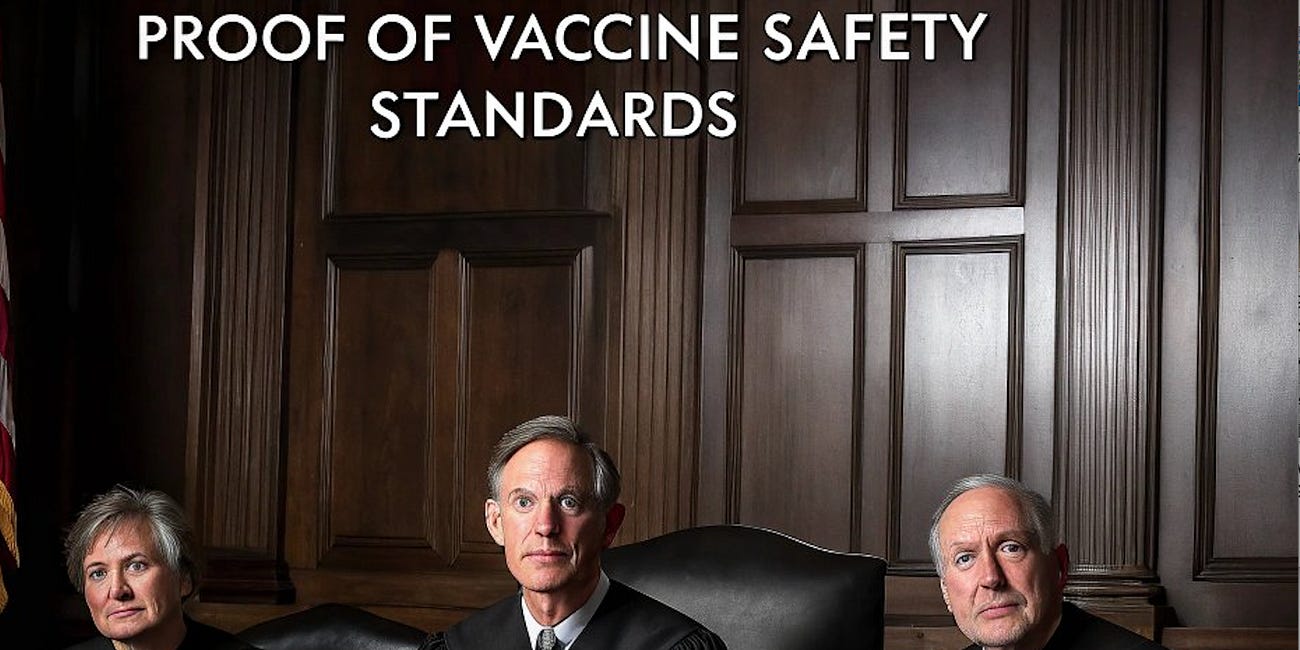
Yes! The rest of Canada needs to get behind this immediately, no question. And Fauci must be charged. I am imagining the day that everyone I know who bought into the "pandemic" idea has to admit it was a huge lie. That will be so sweet. I have had to bite my tongue a million times over these last years to keep friends and family from hating and shunning me, they are so committed to the lie, and assumed I was the one who was crazy. But never mind this small personal "victory". The main thing is we have a chance to turn around this gigantic charade and murder scenario, so that it cannot happen again.
Yes, I do think this is a limited hangout, one that keeps repeating in many government sponsored inquires. One of the worst things I see from many scientist, reporters and govt. inquires is this--let's keep those shots for the elderly and sick kids (and often enough, people with comorbidities!
This is the T-4 program, plain and simple. I don't trust anyone who pushes this line. These shots should not be given to anyone. They should be removed from the market and criminal prosecutions regarding those who made them, approved them and pushed them need to begin immediately. They are crimes against humanity. Their intended use was always to cause harm.